The history of Ireland over the last 1,000 years is characterised by numerous rebellions against a succession for foreign invaders and rulers.
Early settlers and Vikings
Norman invasion
Ireland becomes part of Britain
The Vikings first started to attack Irish settlements towards the end of the eighth century. They were followed by the Normans and then by the English. Ireland eventually came under British rule but the Irish could never quite accept it.
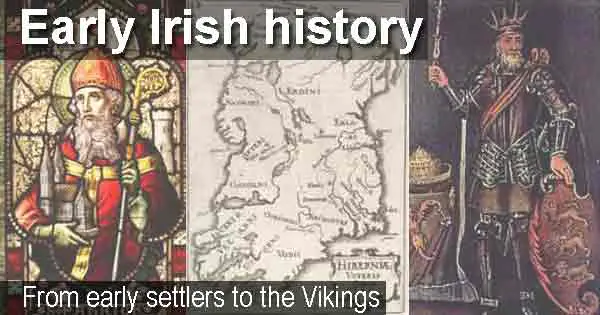
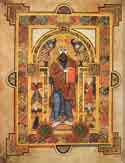
They fought against it for centuries and finally achieved independence in 1922. That was the first time since the High Kings of Ireland in the early middle ages that the Irish didn’t have to answer to a foreign power.
Early Middle Ages
St Patrick is credited with bringing Christianity to Ireland in 431, although it’s likely that other missionaries arrived before him.
Over the next four centuries, Ireland developed into a thriving Christian country. As it was at the western tip of Europe, it escaped much of the warfare and turmoil that plagued other countries.
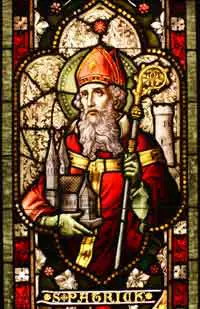
It meant that while much of Europe was engulfed in the Dark Ages, Ireland was seen as a centre of learning and culture – the land of saints and scholars.
Most of that learning was centred on monasteries scattered all across Ireland.
They attracted scholars from all over Europe and helped to preserve art, culture and learning, including the study of Latin.
One of Ireland’s greatest art treasures, the Book of Kells, dates from this period. It is an illuminated manuscript of the four Gospels in Latin.
It was created by monks and the text is accompanied by beautiful and intricate illustrations in colour. It is now held at Trinity College, Dublin where it is available for the public to see.
Marauding Vikings – smash and grab raids
The Vikings began raiding Ireland towards the end of the 8th century and were to plague the country for the next 400 years.
They disturbed the golden age of learning and culture and thought nothing of plundering monasteries which they saw as laden with gold and treasures.
They arrived in long ships and often sailed up rivers before launching attacks on poorly defended towns, settlements and churches.
Vikings settle to establish new towns
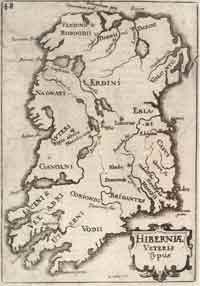
By the middle of the ninth century, the Vikings were no longer content with smash and grab plundering, they wanted to settle and claim land.
Their first settlements were all on the coast. Those settlements were to develop into some of the countries major towns and cities including Dublin, Wexford, Waterford, Cork and Limerick.
Having established strongholds on the coast, the Vikings often used rivers to travel further inland, either to plunder or to claim more land.
Within a few generations, the Vikings were inter-marrying with the indigenous population. They soon lost their Norse identity and became Irish. It was a pattern that was to be repeated with future invasions.
Vikings defeated at Battle of Clontarf
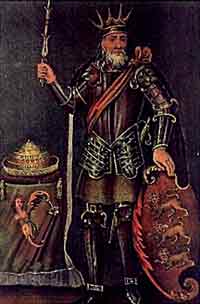
The Vikings not only fought against the Irish, they also sided with various Irish kings in their wars against each other.
At the beginning of the 11th century, they sided with the King of Leinster in a dispute with Brian Boru, the King of Munster.
This led to the Battle of Clontarf in 1014. Boru was killed but his army won the battle.
The Vikings were routed and although they remained in Ireland and continued to thrive, they were increasingly integrated into the indigenous population and never again wielded the same political or military influence.
Irish invitation led to the Norman invasion
Early settlers and Vikings
Norman invasion
Ireland becomes part of Britain